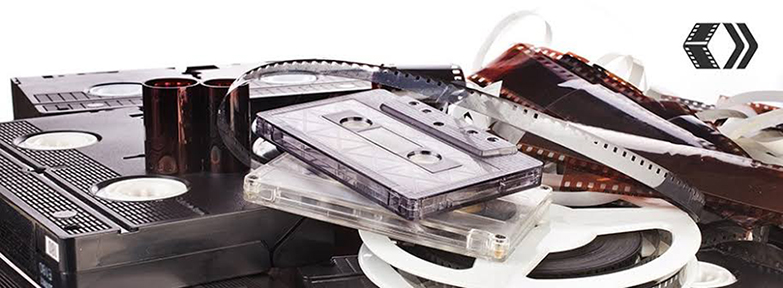World Audiovisual Heritage Day on October 27

“Engage the past through sound and image”— this is the theme of this year’s World Day for Audiovisual Heritage to be celebrated worldwide on October 27.
In the world of smartphone, social media and big data, capturing past through sound and image is no difficult task now since a commoner with a smartphone can indulge in doing all those.
But that was not the case for the larger part of this century as well as of the previous one. Working in the audiovisual medium was reserved to a small group of people and the responsibility of preserving those materials too was their duty.
Audiovisual documents, such as films, radio and television programmes, are our common heritage and contain the primary records of the history of the 20th and 21st centuries. With the advent of technologies, the methodologies of preserving such audio-visual records have evolved over the times.
Now any audiovisual record-be it a full length feature film, a documentary, a photo taken by a camera or a song sung in a karaoke bar-all can be stored in bits and bytes in large data centres bigger than the size of 30 football fields combined.
The huge amount of audio visual records in 16mm or 35mm films across the world however remain in bad shapes. Unfortunately, those heritages are now endangered, because sound recordings and moving images are irretrievably lost as a result of neglect, decay and technological obsolescence.
The technology however has made it possible to transform recordings from this 16mm and 35mm films into the digital films.To raise awareness about that, in 2005, the UNESCO General Assembly approved October 27 as the World Day for AV Heritage. Since then it has been working to raise awareness of the importance of AV documents as integral part of national identities and draw attention to the urgent need to protect them.
Through initiative like this the work of preservation professionals is encouraged, in order to manage the range of technical, political, social, financial and other factors that threaten the safeguarding of our audiovisual heritage.
The state of audiovisual preservation in Bangladesh
Archives and libraries across the world have been collecting audio and video for many years, and audiovisual librarians well know the value of voices and moving images.
In Bangladesh, the onus of preserving audiovisual records falls onto the shoulder of National Film Archive. After years of moving from one building to the other, finally the National Film Archive has gotten its own building in Agargaon.
Bidhan Chandra Karmakar, director general of Bangladesh National Film Archive said now with a building of modern facilities, film archiving has become an easier task than before.
Karmakar said that many audiovisual collections are considered at risk in the National Archive. He said that years of data could be lost through deterioration of the original media unless it can be transferred to more durable digital formats.
To restore all the 35mm and 16mm films into digital format and to facilitate their archiving in digital medium, Bangladesh National Archive from July 2006 to June 2013 implemented a project at the cost of Tk 22 crore.
Under the project, a high resolution digital film scanner, film restoration unit, color correction unit, sound reproducer, non-linear editing panel, film editing machine, film screening machine, film cleaning machine, 35mm projector, film re-winding machine, poster scanner, poster laminating machine and database server and workstation were purchased.
Karmakar said that with the high resolution film scanner, the process has been started to transform all the 35mm and 16mm films into the digital version. “It usually takes three months to fully transform a 35mm films into a digital version. There are over 3,500 films in 35mm and 16mm in our archive.”
Explaining the process a bit, Mohammad Moniruzzaman, assistant director of the National Film Archive said, Due to the high capture resolution when digitizing 35mm slides and film, even the smallest particle of dust on the slide/film can show up very large on the scanned image.
He said that different models of scanner can interpret color values differently, which can lead to inconsistencies between the apparent color profile of the physical slides/film to the human eye and that of the digital images they produce. “For this reason color calibration must be performed before scanning your slides to achieve the truest representation of the original materials.”
Moniruzzaman said that as of now, a total of 156- 35mm films have been transformed into digital version. “I said earlier that a noise-free perfect conversion can take huge time. In India, Mughal-E-Azam film was converted into digital version from 35mm in seven years.”
Terming Bangladesh National Film Archive a treasure trove, Moniruzzaman said in 2015, the National Film Archives of India (NFAI) had acquired a copy of the first talkie ‘Devdas’ movie of 1935 from the Bangladesh National Film Archive.
“Indian Film Archive termed that discovery a landmark moment in the history of their film archive as this was an important film for the Indian heritage and a very important addition to their collection. This has proven how rich is our archive.”
DG Karmakar said, they are going to take a project to gradually upload all the digitized films in an online library so that any common people can get access in that library through the website of National Film Archive.
“We have already received funding for this project. The work will begin soon,” he said.








